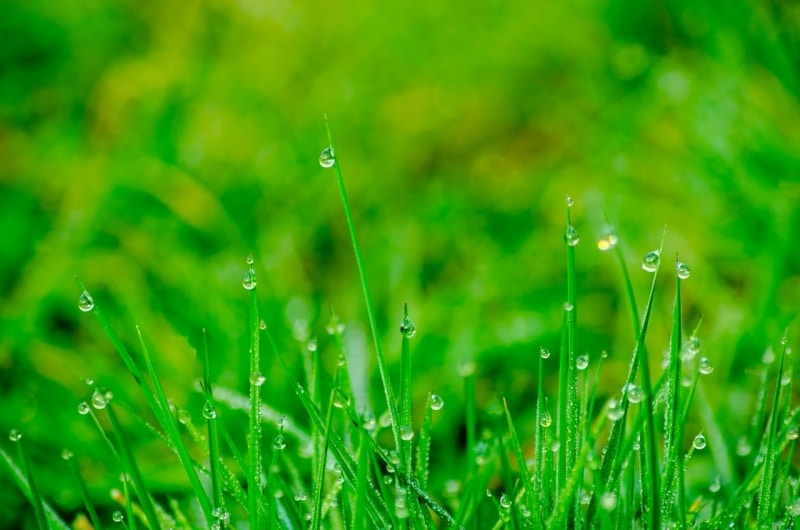Many homeowners consider lush, green lawns as the crown jewel of their property. Aside from getting their yards landscaped, they also often grow grass in the bigger parts of their turf to boost its curb appeal and selling value. Grass canalso provide health benefits that include keeping the air fresh and helping relieve stress.
But growing grass for a new lawn is a bit more complex than you think. For one, you need to pick the best type of grass that will thrive in your climate, not to mention keep up with lawn care in Conway, AR. It will also require you to have sufficient knowledge about gardening; otherwise, you’ll end up with a browning lawn.
Although care and maintenance play important roles in how well the grass grows, its survival will still depend on whether or not you picked the right species for your area. If you live in Arkansas, you can use this article as a guide in selecting the best types of grass to grow and how to do it properly.
4 Types of Grass Most Suited for Arkansas

Image Source: pexels.com
Before you begin seeding or sodding your lawn, you must first determine the climate in your region. You see, the best type of grass for your lawn will be based on where you’re located.
If you live in Arkansas, then you’re in a region that lawn professionals call the transition zone. The United States is typically divided into the Northern and Southern hemispheres. But when it comes to growing grass, being in the transition zone makes things a bit trickier.
What does it mean to be in the transition zone, you might ask? Essentially, it means that Arkansas is too cold for warm-season grasses and too hot for cool-season ones. This is why keeping lawns in territories along this zone is more challenging than in other parts of the country.
Lucky for you, we have listed down four types of grass that are most suited for the transition zone:
1. Bermuda

Image Source: hgtv.com
Bermuda grass is a well-known warm-season grass that has become quite popular in areas that reach above 80 to 90 degrees Fahrenheit in temperature, like California. However, it is also considered a great grass choice in growing a sturdy lawn in Arkansas.
Native to many tropical and subtropical nations around the world, this grass is great in withstanding intense heat and drought. It can even weather heavy use and tends to recuperate faster than other species of grass.
2. Zoysia grass

Image Source: housemanpest.com
Both zoysia grass and Bermuda grass are grown in most parts of Arkansas. These are the best types of grass. However, zoysia grass is a bit more resilient than Bermuda when it comes to winter damage.
This transition zone grass native to Asia is popular for being able to survive drought and heat. In fact, it prefers full sun, although it can tolerate a bit of shade. It can also stand up to heavy foot traffic and several other challenges, making it the perfect choice for golf courses.
3. Centipede grass

Image Source: turffinder.com
Centipede grass is popular in the central and southern parts of Arkansas. While it has a similar appearance as that of St. Augustine, it has smaller leaves that are paler in comparison. It is also a slow-growing, seed-germinating grass that can grow in acidic and sandy soils.
It can tolerate a bit of shade and doesn’t require as much mowing as Bermuda or St. Augustine. But while it fares better than St. Augustine in the cold, it tends to have poor wear tolerance.
4. Tall fescue

Image Source: caldwell.ces.ncsu.edu
Tall fescue is a popular grass choice for areas with plenty of shade. It can also survive cold winters and summer droughts because of its deep roots. This is why tall fescue is considered a great option for lawn owners living along the transition zone as well as areas that don’t see a lot of rain.
Another thing that makes tall fescue appealing to lawn owners is that it can stay green throughout the winter. It is grown mostly in the northern parts of Arkansas, although it can also be found in the central areas of the state. This type of grass looks its best during fall and spring and is the most shade-tolerant grass recommended for the state.
4 Tips for Growing a Healthy Lawn
After picking the best grass to seed or sod on your new lawn, it is time to beef up your knowledge on how to use them to transform your turf into a lush green haven. Below are four tips to help you get started:
1. Have your soil tested
Soil testing can help you become more familiar with the soil you’re working with. This can be advantageous when you’re picking out a type of grass to grow for a new lawn.
Aside from determining the soil’s pH level, soil testing can also help you determine the amount of potassium and phosphorus present in your turf. This makes it easier to come up with a fertilizer mixture that will lead to optimum results.
2. Break up the soil before seeding

Image Source: jrbeaty5059.wordpress.com
Seeding a lawn isn’t just throwing grass on dirt. If you leave seeds on bare ground, they will have a hard time germinating since they cannot poke through the topsoil. This is why you should break up the ground before seeding.
To make sure grass on your new lawn grows healthily, prep the site and rough up the soil before tossing in the seeds.
3. Combine several grass types
Although some people want uniformity in their lawn, combining several species of grass types actually makes a turf healthier. This is because using various species of grass can help you establish grass better, not to mention boost their chances of survival.
4. Add topsoil if necessary
In some cases, the existing soil on your turf may not be suited for growing grass. If this happens, you can add topsoil to improve fertility and, ultimately, help grass germinate.
About 19 cubic yards of topsoil should be enough to create a six-inch deep layer for a 1,000 square feet turf. If topsoil isn’t available, you can work with the existing soil and modify it using organic matter, decomposed manure, composted rice hulls, or peat.
Seed and Sod for a Healthy Lawn
Picking the right kind of grass will ensure that your efforts in growing a healthy lawn don’t go to waste. Use this article as a guide when working on a new lawn. If all else fails, ask a professional in lawn care in Maumelle, AR for help




Leave a Reply